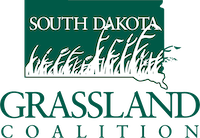Fall is a great time to monitor your pasture resources and get a picture of how the grazing season went. It might be discouraging to do this in a drought year, but it is actually a very important management step toward preparing for next year. I am going to present three methods.


